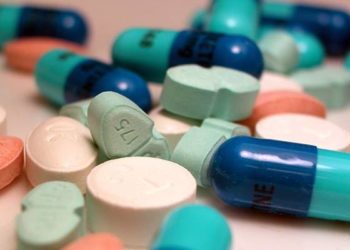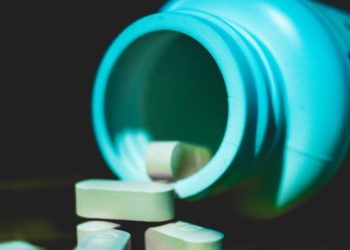Study outlines trends in pediatric toxic ingestions during the COVID-19 pandemic
1. In this national study of poison control center reports, there was an absolute decrease in reported pediatric ingestions during the first year of the pandemic compared to previous years.
2. Ingestions managed at hospitals decreased, while ingestions that resulted in moderate to severe clinical outcomes increased.
Evidence Rating Level: 2 (Good)
Study Rundown: The COVID-19 pandemic has resulted in children spending more time at home, and in many cases, experiencing increased emotional stress. To date, little is known about how the pandemic has played a role in the prevalence and types of pediatric toxic ingestions. In this study, researchers compared reports to US poison control centers occurring during the first year of the pandemic to those from three years prior. Overall, there was a reduction in reports of pediatric ingestions during the first year of the pandemic. However, there was also a decrease in the proportion of cases handled in a healthcare facility, and an increase in the number of cases that had moderate to severe outcomes. Adolescent and intentional ingestions also increased during the studied time period, as did ingestions of hand sanitizer and melatonin. Although somewhat limited by its reliance on voluntary reports, this study reveals yet another significant impact the pandemic has had on child and adolescent health.
Click to read the study in PEDIATRICS
Relevant Reading: Pediatric Ingestions: New High-Risk Household Hazards
In-Depth [retrospective cohort]: Data from US poison control center reports was gathered from the American Association of Poison Control Centers (AAPCC) National Poison Data System (NPDS). Overall, there was a 6.3% (p<0.001) absolute decrease in pediatric ingestions occurring between March 13 – December 31, 2020 compared to the prior 3-year average during the same time frame. However, there was an absolute increase in both ingestions resulting in clinically significant outcomes (defined as having a moderate or major effect or death), as well as an increase in the proportion of all ingestions that were clinically significant (0.6% increase, p<0.001). Despite this, there was a 14.2% (p<0.001) decrease in the proportion of ingestions managed at a healthcare facility. This study also identified several changes in pediatric ingestion trends, including a relative increase in intentional ingestion, ingestion occurring at home, and ingestion involving hand sanitizer or melatonin products.
Image: PD
©2021 2 Minute Medicine, Inc. All rights reserved. No works may be reproduced without expressed written consent from 2 Minute Medicine, Inc. Inquire about licensing here. No article should be construed as medical advice and is not intended as such by the authors or by 2 Minute Medicine, Inc.






